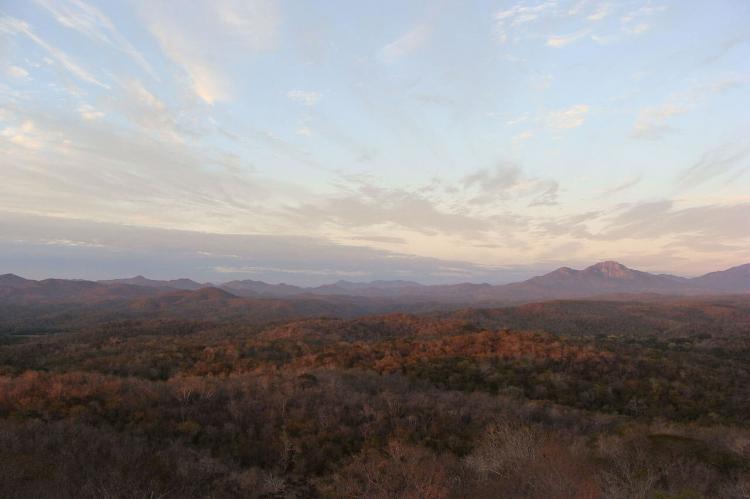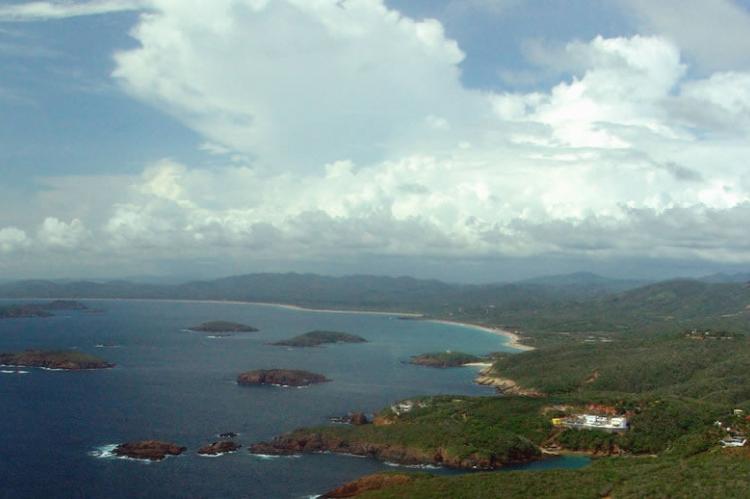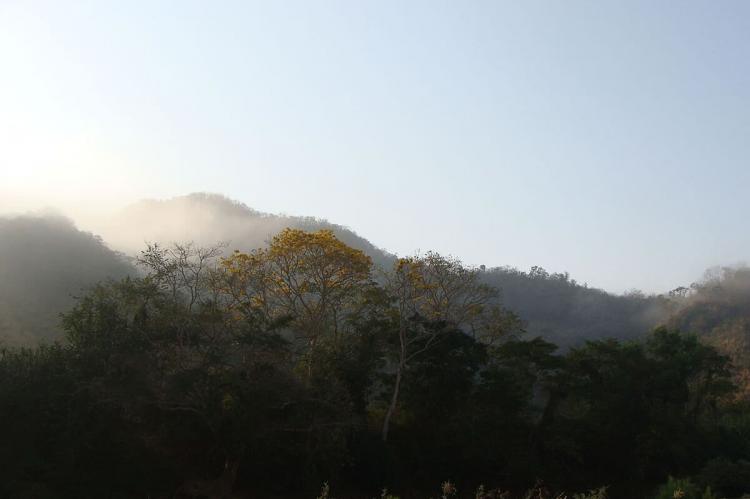Chamela-Cuixmala Biosphere Reserve (Mexico)
The Chamela-Cuixmala Biosphere Reserve in Jalisco, Mexico, hosts a wide variety of ecosystems that make up one of the most diverse landscapes on the Pacific coast of the Americas. It is essential for conserving the vast dry and deciduous tropical forests, among the world's most threatened ecosystems.
Chamela-Cuixmala Biosphere Reserve
The Chamela-Cuixmala Biosphere Reserve, located within the Mexican state of Jalisco, hosts a wide variety of ecosystems that make up one of the most diverse landscapes on the Pacific coast of the Americas.
The area is essential for conserving the vast, dry, and deciduous tropical forest, considered among the most threatened ecosystems in the world.
The Chamela-Cuixmala Biosphere Reserve is located about 170 km (105 mi) from Puerto Vallarta, Jalisco and 100 km (62 mi) from Manzanillo, Colima.
The name of this protected area is derived from the small town of Chamela, an important port centuries ago, and the Cuixmala River, which has the largest of all the rivers in the region and acts as a natural boundary for the Reserve.
The Chamela-Cuixmala region is located on the coastal plain of the Sierra Madre del Sur, in the sub-provinces of the Sierras of Jalisco and Colima. It is a predominantly mountainous region where the relief of the coastal plain is dominated by hills interrupted by grasslands or floodplains of rivers or streams.
The Biosphere Reserve is dominated by tropical deciduous forests, sub-deciduous tropical forests, and wetland vegetation in floodplains where rivers and streams flow into the sea. It also contains coastal and marine ecosystems and islands.
In 1971, the Biology Institute of the National Autonomous University of Mexico built a research station to study and preserve the surrounding ecosystems.
The climate is tropical, with strong seasonality between the rainy (July - October) and dry seasons (November - June). The climate of the region is hot and humid, with an average annual temperature of 25 °C (77 °F), and the coldest month exceeds 18 °C (64 °F). The median annual precipitation is approximately 762 mm (30 in).
Flora and Fauna
The forest is characterized by its diversity of flora and fauna and many endemic species. These include the jaguar, puma, ocelot, jaguarundi, coyote, coati, armadillo, skunk, white-tailed deer, peccary, American crocodile, geckos, potoos, hawks, kites, storks, vultures, boas, vipers, coral snakes, toads, frogs, sea turtles, opossums, macaws, woodpeckers, etc.
In addition, the Pacific Slope region of Mexico and the Reserve itself supports a high diversity of neotropical migratory bird species during the winter.
Socio-Economic
Within the limits of the core area, there are no established populations except for some research and logistical support from the Biological Station and the Ecological Foundation of Cuixmala.
Rural populations closest to the Biosphere Reserve, having a population between 300 and 1,500 people, are Pérula, San Mateo, Francisco Villa and Emiliano Zapata.
The population is estimated to be around 5,800 in the transition zone. This area contains natural ecosystems and ecosystems transformed by human activities practiced in the region. In addition, numerous agricultural activities are developed in this area, mainly related to livestock and tourism.


